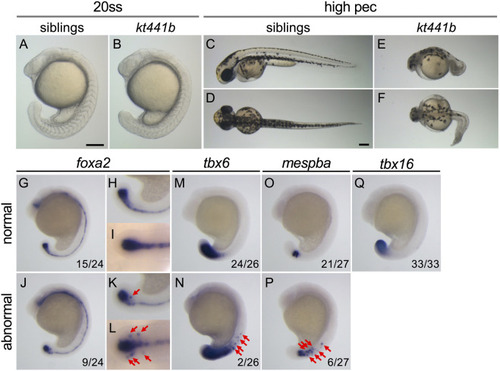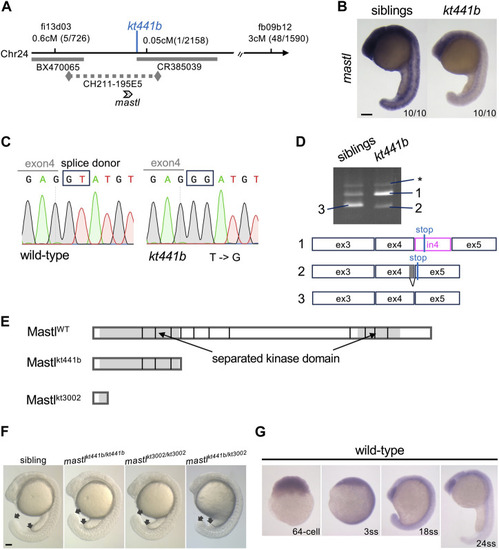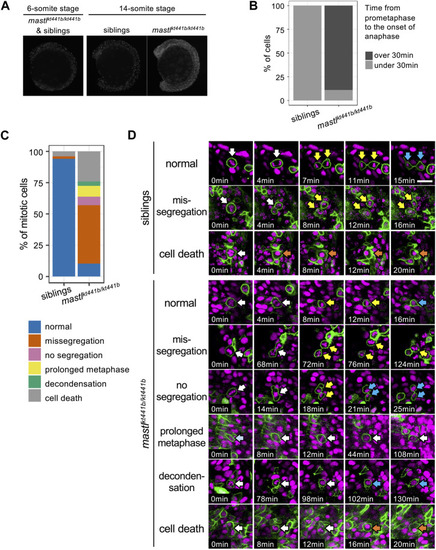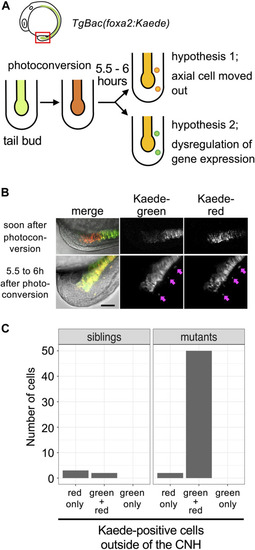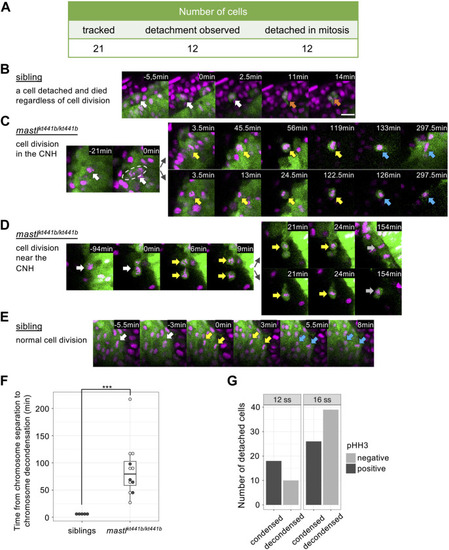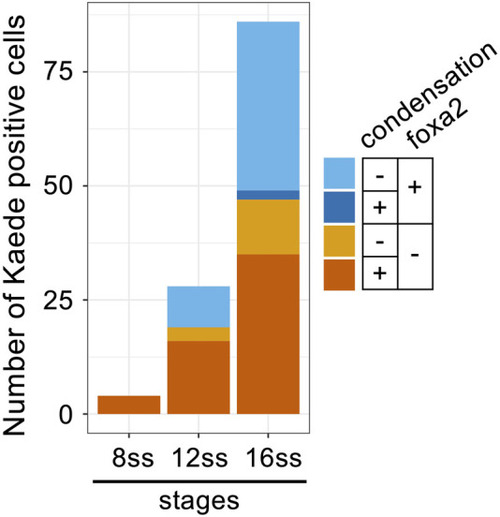- Title
-
Deficiency of mastl, a mitotic regulator, results in cell detachment from developing tissues of zebrafish embryos
- Authors
- Utsumi, H., Yabe, T., Koshida, S., Yamashita, A., Takada, S.
- Source
- Full text @ Front Cell Dev Biol
|
Phenotypes of EXPRESSION / LABELING:
PHENOTYPE:
|
|
Identification of EXPRESSION / LABELING:
PHENOTYPE:
|
|
EXPRESSION / LABELING:
PHENOTYPE:
|
|
Detachment of CNH cells in EXPRESSION / LABELING:
PHENOTYPE:
|
|
Cell detachment is related to aberrant mitosis in EXPRESSION / LABELING:
PHENOTYPE:
|
|
Decondensation of chromosomes and re-expression of |

